News: Annual Report 2019
Meating the challenge to optimise lamb

We're assisting lamb processors to turn to the power of mathematics and employ optimisation methodologies to guide them to make the most from each carcase.
The global bovine epigenome
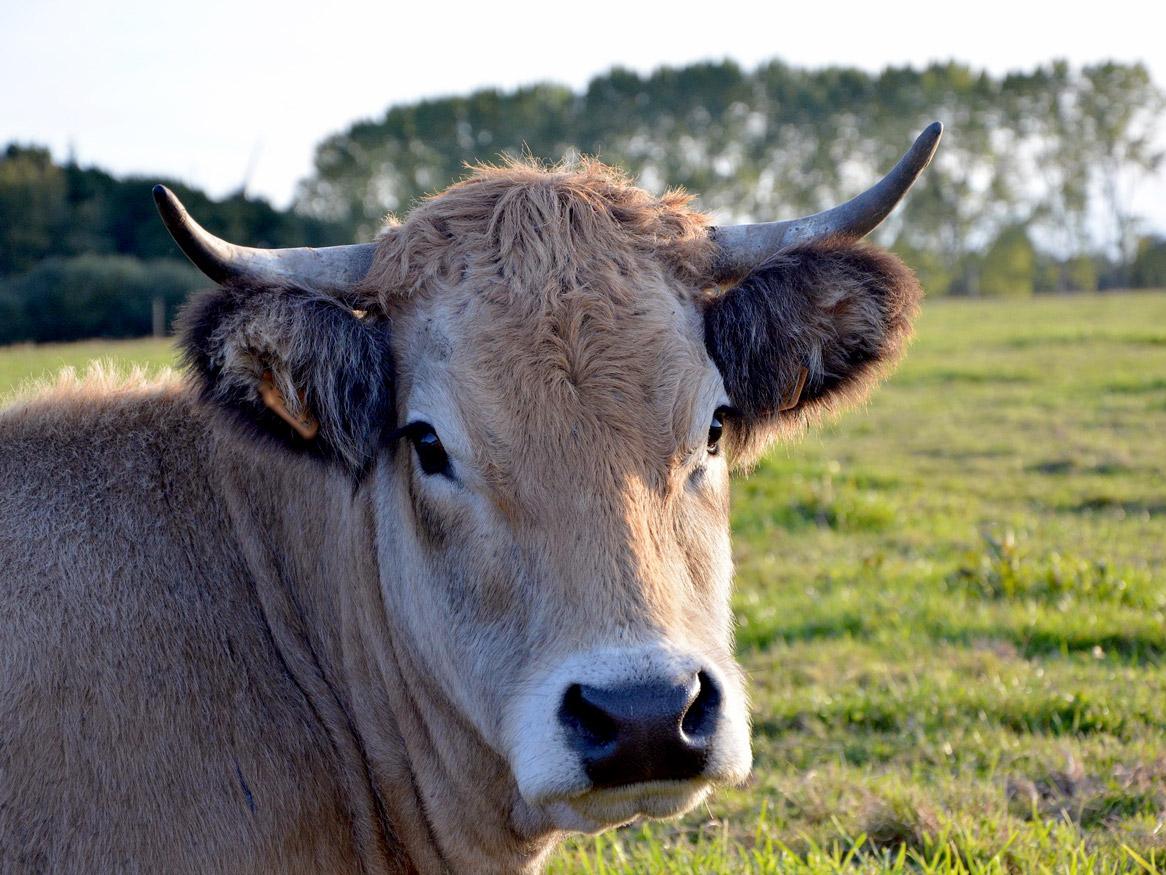
We're developing new and improved breeding tools by incorporating epigenomics information into existing technology platforms.
How do we measure animal emotions?
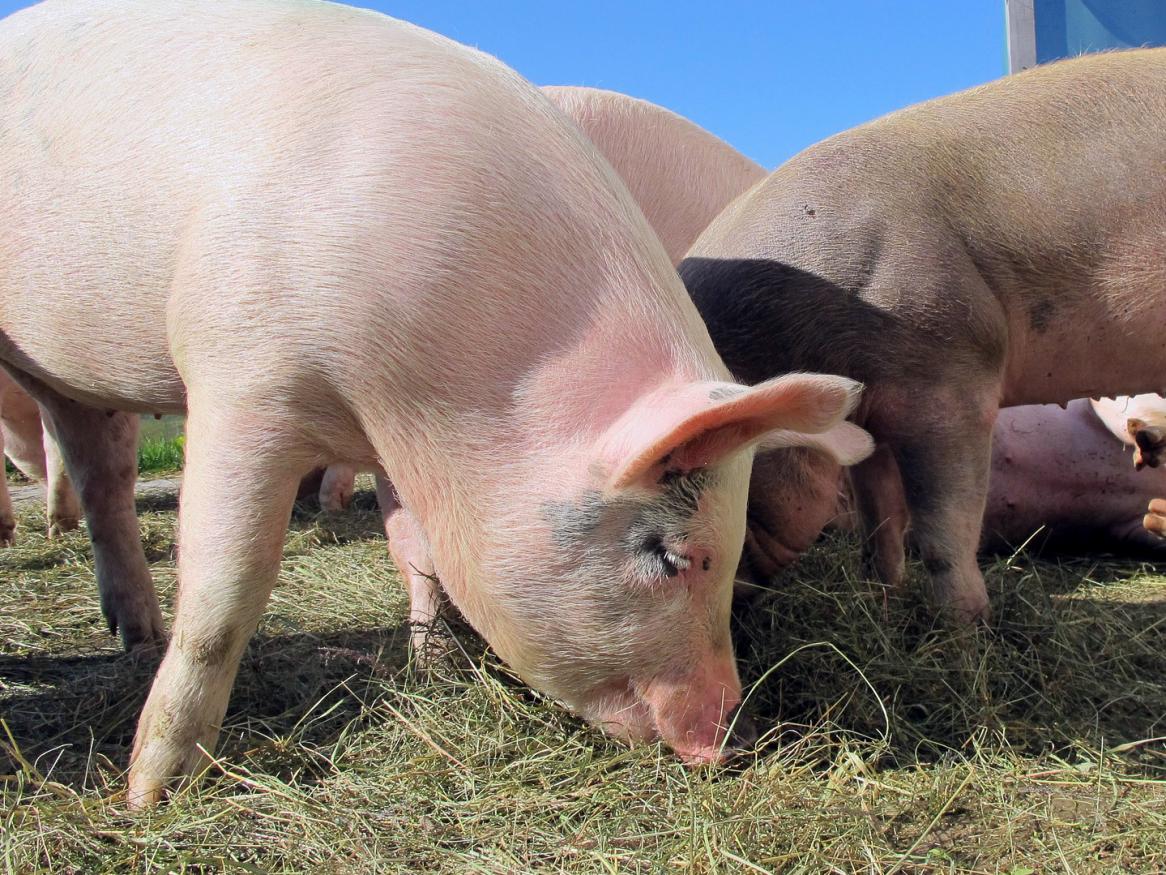
We're using new molecular biomarkers to improve pig welfare and the assessment of their welfare.
Creating a fast and effective lice test for sheep
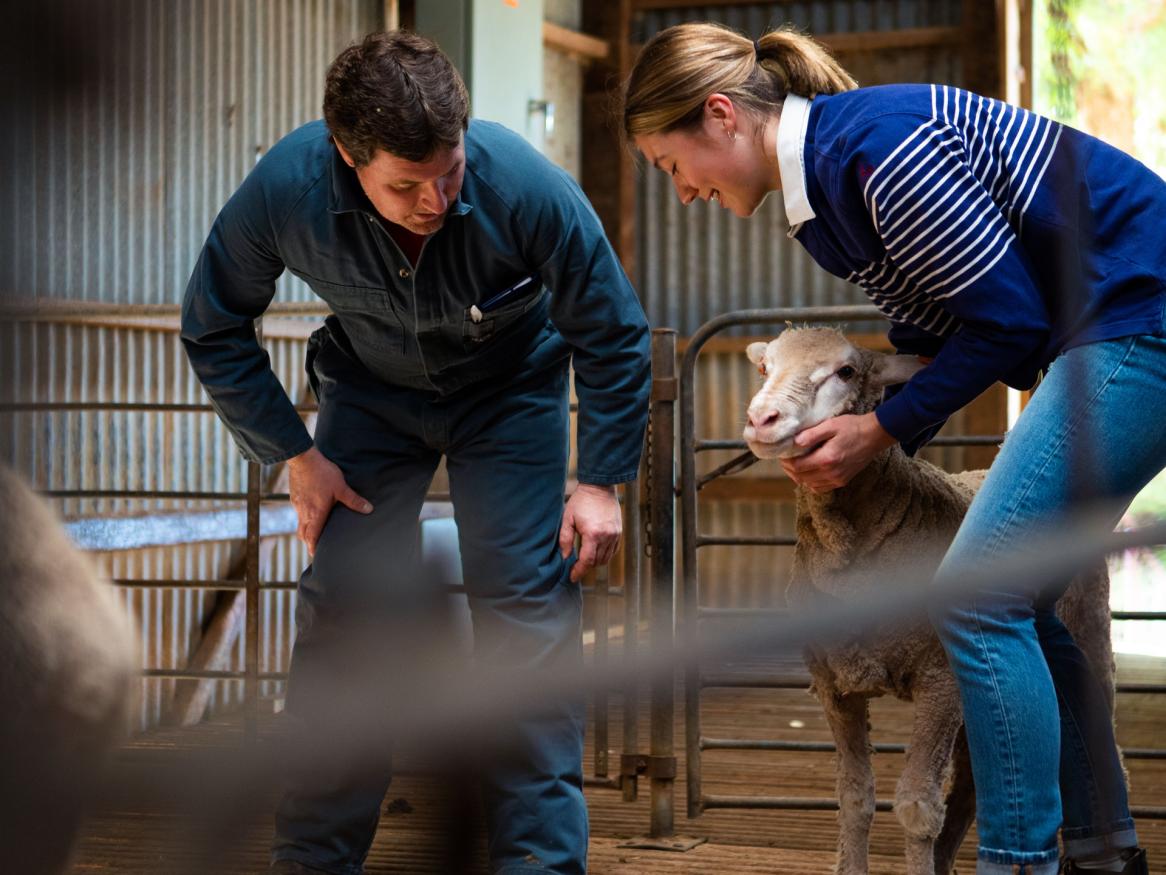
We linked up with industry to develop a test that can accurately, quickly and cost effectively determine presence of lice before or at shearing.
[Read more about Creating a fast and effective lice test for sheep]
How are the different immune components in colostrum absorbed by neonate calves?
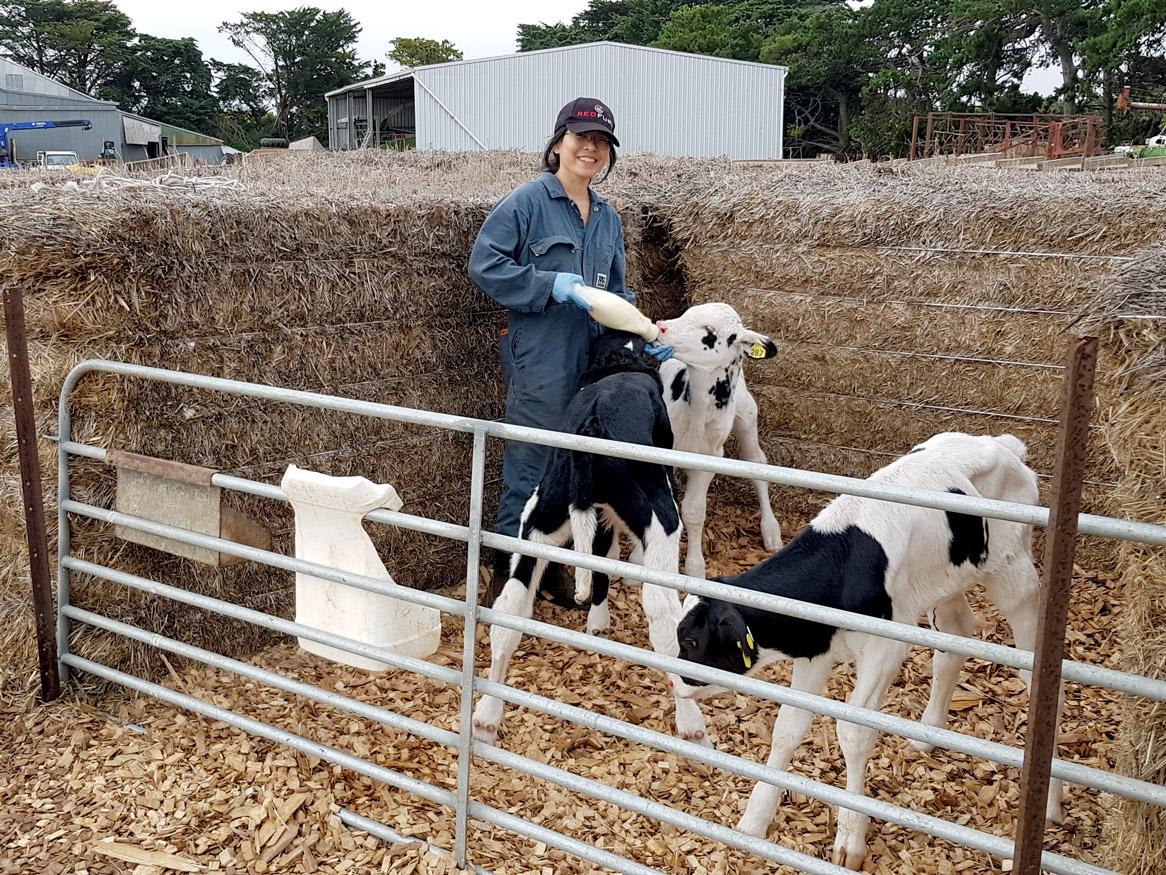
We investigated the different immune components in colostrum and their absorption by the neonate calf to help producers manage calf health and their long-term production.
[Read more about How are the different immune components in colostrum absorbed by neonate calves?]
How does colostrum affect dairy cow productivity?
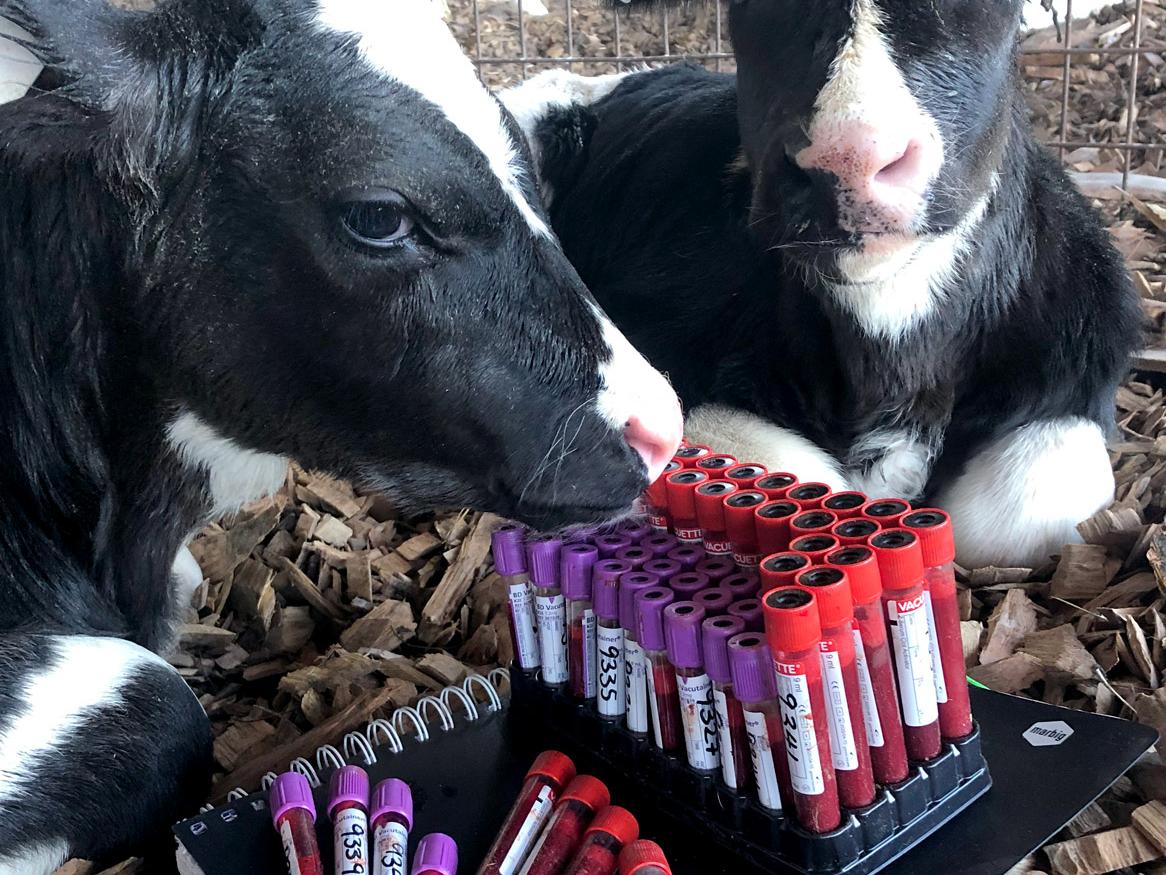
Our research shows that calves perform just as well with foster colostrum as they do with maternal colostrum.
[Read more about How does colostrum affect dairy cow productivity?]
Where do Hong Kong’s feral cattle come from?
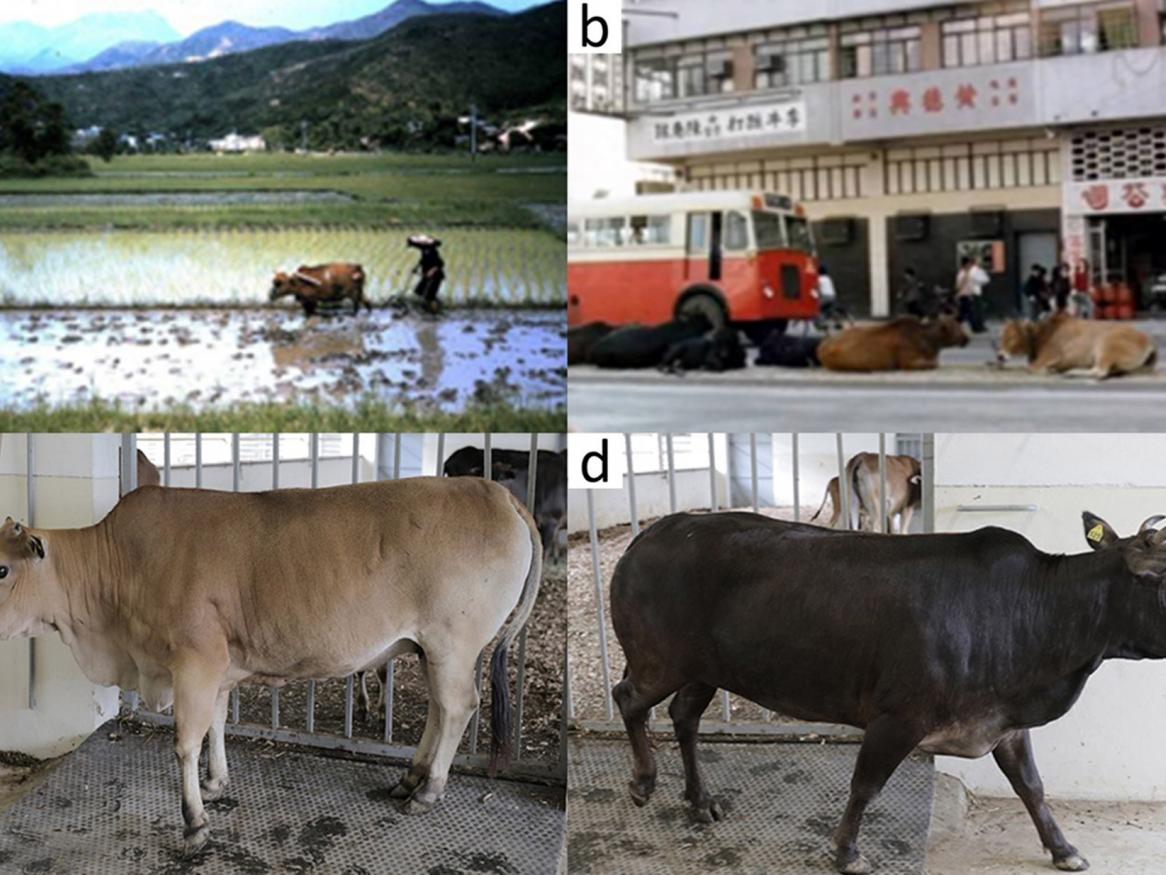
We analysed genotypes of Hong Kong's feral cattle population to determine their origin.
[Read more about Where do Hong Kong’s feral cattle come from?]
How can human reproductive medicine techniques help improve livestock artificial breeding programs?
We’re using human reproductive medicine techniques to improve livestock artificial breeding programs.
